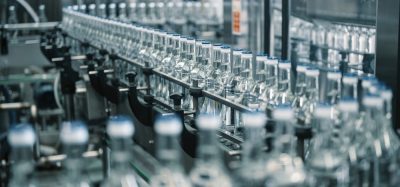Testing for antibiotics in vegetables to prevent resistance in humans
- Like
- Digg
- Del
- Tumblr
- VKontakte
- Buffer
- Love This
- Odnoklassniki
- Meneame
- Blogger
- Amazon
- Yahoo Mail
- Gmail
- AOL
- Newsvine
- HackerNews
- Evernote
- MySpace
- Mail.ru
- Viadeo
- Line
- Comments
- Yummly
- SMS
- Viber
- Telegram
- Subscribe
- Skype
- Facebook Messenger
- Kakao
- LiveJournal
- Yammer
- Edgar
- Fintel
- Mix
- Instapaper
- Copy Link
Posted: 7 January 2020 | Professor Xiaowei Liu | No comments yet
Antimicrobial substances can enter the food chain through soil creating a potential risk to human health. Xiaowei Liu explains how antibiotics can be detected quickly and reliably in vegetables using QuEChERS and liquid chromatography mass spectrometry.


Worryingly, a study analysing 60 samples of vegetables purchased from local markets in China revealed that a third of the samples contained detectable levels of antibiotics. The analysis used a method aimed at detecting 49 target antibiotics of different classes, including sulfonamides, quinolones, macrolides, beta-lactams and tetracyclines. Among these 49 antibiotics, five types were detected across 20 samples. These five were oxytetracycline, doxycycline, sulfamethoxazole, enrofloxacin and chlortetracycline. The highest concentration was of oxytetracycline in cabbage, which was found to be 126μg/kg.1 Oxytetracycline is a broad-spectrum antibiotic and, like others in the tetracycline class of antibiotics, is associated with gastrointestinal and skin-sensitivity side effects. Moreover, it is contraindicated in pregnancy because it can cross the placenta and have toxic effects on foetal tissues.2-4 Although at lower levels than the oxytetracycline, doxycycline, sulfamethoxazole, enrofloxacin and chlortetracycline were also detected at concentrations ranging between 2.0 and 12.8μg/kg in the vegetables.1









